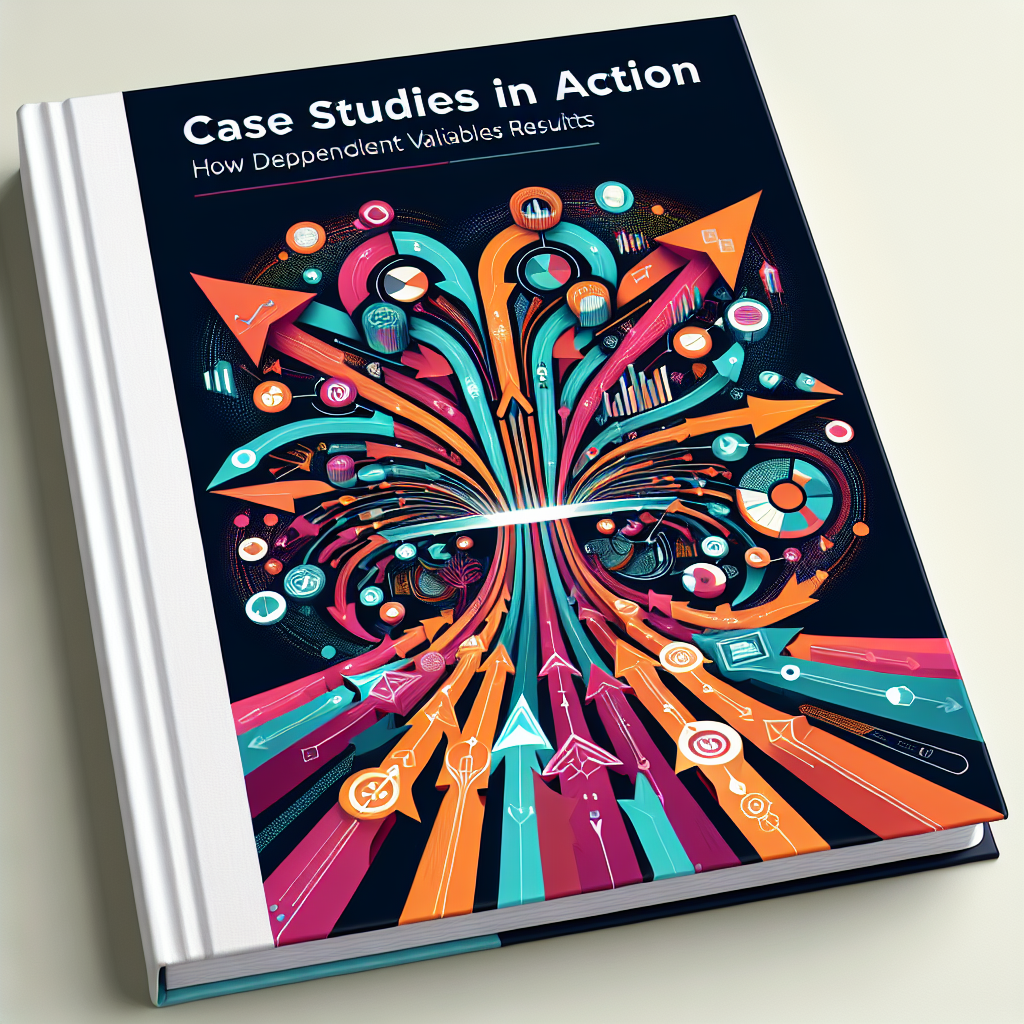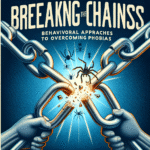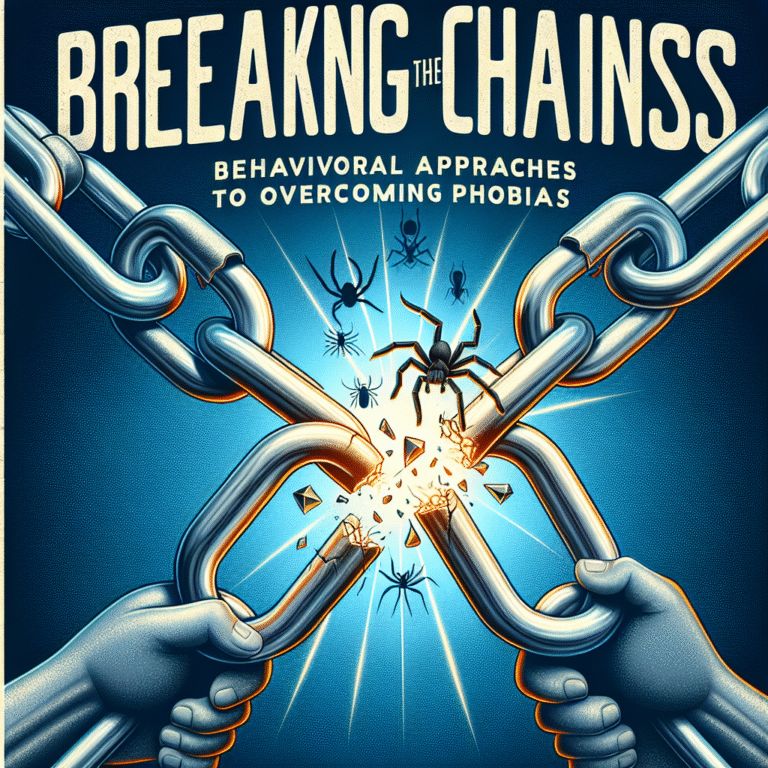
Introduction
In the world of research, the interplay between dependent variables and outcomes is a dance that shapes our understanding of complex phenomena. It is essential for academics, practitioners, and decision-makers alike. But what exactly do we mean by "dependent variables," and why are they crucial—especially when it comes to case studies?
Imagine a scientist studying the effects of light on plant growth. The amount of light is the independent variable, while growth is the dependent variable. This relationship illustrates a fundamental aspect of research design: changing the independent variable directly alters the dependent variable’s behavior. This is not just a theoretical discussion; it has profound implications for our everyday lives, shaping fields from education to marketing and public health.
In this article, we will explore real-world applications through case studies, examining how dependent variables drive research results. Our discussions will illuminate the importance of selecting the right dependent variables and interpreting the outcomes effectively, proving that case studies indeed translate theoretical insights into actionable intelligence.
Understanding Dependent Variables: A Foundation
Before diving into real-world applications, let’s establish what dependent variables are and why they matter. A dependent variable is the outcome that researchers are interested in measuring. It’s influenced by independent variables, which are manipulated to observe changes over time.
The Importance of the Right Dependent Variables
Selecting the right dependent variables is crucial. Poor choices can lead to misleading results and waste resources. The relationship between independent and dependent variables is often depicted in models, but it is the case studies that help us visualize and understand these abstract concepts.
| Dependent Variable | Example in Research |
|---|---|
| Plant Growth | How does varying light affect growth? |
| Test Scores | Does class size impact student performance? |
| Consumer Behavior | How do ad campaigns influence purchasing decisions? |
Case Study 1: Educational Outcomes
Background
In the realm of education, case studies provide invaluable insights. A recent research project examined how class size (independent variable) affects student performance (dependent variable).
Findings
The researchers conducted a study in various school districts across the country. Smaller class sizes were associated with improved test scores. The dependent variable, in this case, was not just limited to standardized tests but also included qualitative feedback from teachers and students, enriching the overall understanding of the impact of class size.
Relevance
This case study exemplifies how dependent variables can reflect nuanced aspects of educational quality. By focusing on a clear, measurable outcome (test scores), the researchers illuminated how class size can influence not only academic performance but also student engagement and well-being.
Case Study 2: Marketing Analytics
Background
In marketing, understanding how dependent variables affect buying behavior is critical. A major beverage company launched a marketing campaign to see how different advertisements (independent variables) would impact sales (dependent variable).
Findings
Using a controlled experiment, they varied the messaging, imagery, and channels. The results indicated that emotional storytelling in ads (independent variable) significantly boosted sales (dependent variable) compared to straightforward product descriptions.
| Ad Type | Sales Impact |
|---|---|
| Emotional Storytelling | 30% Increase |
| Straightforward Info | 10% Increase |
Relevance
This case study highlights the importance of clear dependent variables in marketing research. The focus on measurable sales figures allowed the company to refine its approach, leading to more effective advertising strategies that prioritize consumer emotions.
Case Study 3: Public Health Intervention
Background
In public health, case studies often examine the effects of interventions on health outcomes. A recent project assessed the impact of a smoking cessation program (independent variable) on quit rates (dependent variable).
Findings
Researchers reviewed data from participants over six months. Those involved in structured programs showed a much higher success rate in quitting smoking than those relying on self-help resources. The independent variable (cessation program type) was directly correlated with the dependent variable (avg.quit rates).
| Program Type | Quit Rate |
|---|---|
| Structured Programs | 45% |
| Self-Help Resources | 15% |
Relevance
This case study illustrates how dependent variables inform public health decisions, offering insights that can shape policies. By focusing on quantifiable outcomes, decision-makers can allocate resources more effectively, ultimately saving lives.
Case Study 4: Environmental Research
Background
Environmental science similarly utilizes case studies to explore complex interactions. Research into deforestation (independent variable) examined its impact on biodiversity (dependent variable).
Findings
A detailed study analyzed forest areas across continents and documented species diversity. The data showed a direct correlation between increased deforestation rates and declining biodiversity, providing a stark visual representation of these changes.
| Deforestation Rate | Biodiversity Index |
|---|---|
| High | 35% Reduction |
| Moderate | 15% Reduction |
Relevance
This case study not only emphasizes the ecological importance of selecting appropriate dependent variables but also demonstrates their effectiveness in advocating for conservation efforts. Understanding how independent variables affect biodiversity can have significant implications for environmental policy.
Case Study 5: Technology Adoption in Businesses
Background
In the tech world, businesses constantly evaluate how new technologies (independent variable) influence productivity (dependent variable). A multinational company studied the adoption of collaboration software.
Findings
Surveys and productivity assessments over a year showed that teams using the software reported a 20% increase in project completion rates. The independent variable (collaboration software) directly influenced the dependent variable (productivity metrics), creating a compelling case for further investment in technology.
| Software Use | Project Completion Rate |
|---|---|
| Introduced | 80% |
| Not Introduced | 60% |
Relevance
This case study emphasizes the need for assessing relevant dependent variables in technology adoption research. By choosing the right outcomes to measure, decision-makers can make informed choices about software and tools.
Analyzing the Impact of Dependent Variables
Variable Selection: A Strategic Approach
The selection of dependent variables should reflect the research question and objectives. Whether it’s measuring educational outcomes, marketing success, health interventions, environmental impact, or technological adoption, chosen variables can make or break the study’s validity.
Case Study Analysis Framework
When evaluating the effectiveness of case studies, consider the following criteria:
- Clarity of Variables: Are the independent and dependent variables clearly defined?
- Data Relevance: Is the data relevant and sufficiently comprehensive?
- Outcome Impact: What are the implications of the findings on broader applications?
Conclusion
As we have explored through various case studies, dependent variables are more than mere data points. They are integral to understanding the outcomes of research and can drive significant change across fields. The insights gleaned from focusing on these variables are invaluable for decision-makers, marketers, educators, and health professionals alike.
Actionable insights from these case studies convey the profound influence that precise, relevant dependent variables wield. For researchers and practitioners, this knowledge empowers you to design studies that not only meet analytical rigor but also yield results that can make a real-world difference.
FAQs
1. What is a dependent variable?
A dependent variable is the outcome in a research study that researchers measure. It is influenced by one or more independent variables.
2. Why are dependent variables important in research?
Dependent variables are crucial because they help measure the direct effects of independent variables, helping to illuminate relationships and inform decision-making.
3. Can you give an example of a dependent variable?
In a study examining the effects of study habits on test scores, the test score would be the dependent variable, as it depends on the study habits employed.
4. What happens if I choose the wrong dependent variable?
Choosing the wrong dependent variable can lead to misleading results, misdirection in research focus, inadequate conclusions, and wasted resources.
5. How can case studies strengthen my research?
Case studies provide real-world context, showcasing practical applications of research. They highlight how dependent variables drive results, enriching the validity of your findings and arguments.
With insights drawn from these case studies in action, it’s clear that understanding how dependent variables drive research results is not just a theoretical pursuit; it’s a practical necessity. As we navigate the complexities of various domains, attention to these critical components will lead us toward deeper knowledge and transformative outcomes.
















